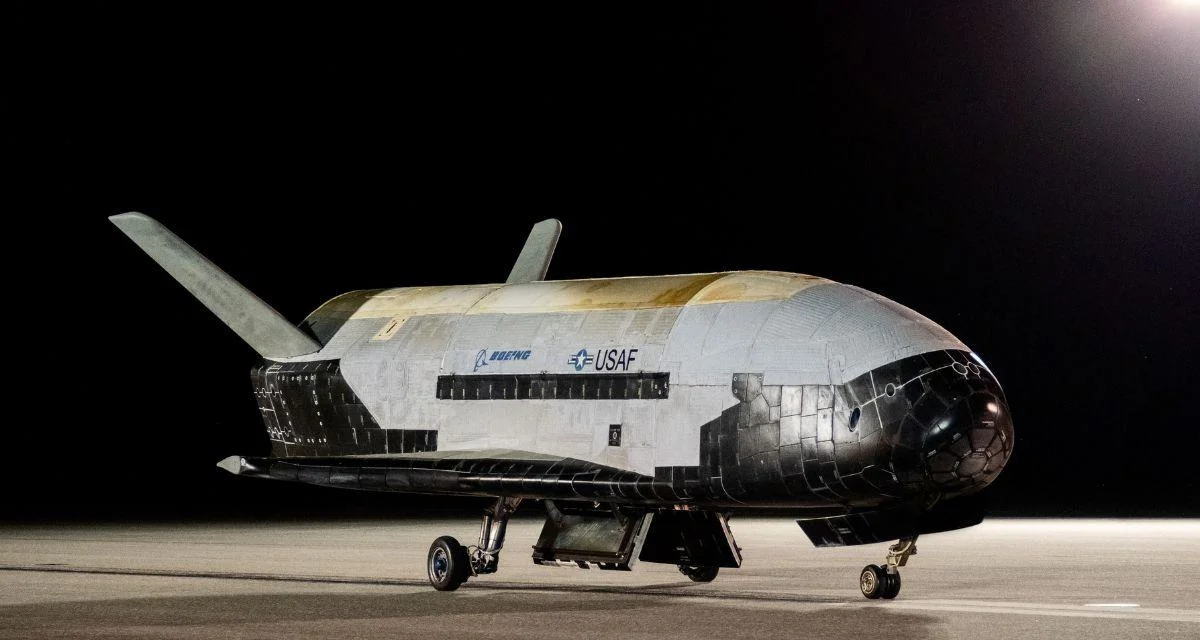Both laser communications and Q-INS are priorities for the Space Force because they can help protect US space assets during conflicts and support long-distance space travel. These technologies also have potential civilian uses, such as offering alternative navigation methods for aircraft operating where GPS interference is possible.
The launch of OTV-8 is scheduled for August 21, 2025, from Kennedy Space Center aboard a SpaceX Falcon 9 rocket. Michelle Parker, vice president of Boeing Space Mission Systems, stated:
"With each successive flight, the X-37B has demonstrated adaptability and flexibility by hosting diverse experiments and pioneering new orbital regimes. This mission continues that legacy by fielding cutting-edge technologies that advance our nation's space capability and improve the resilience of future architectures."
Some payloads carried by the X-37B remain classified. However, this mission includes commercial-grade laser communication terminals alongside Q-INS, which serves both military and civilian purposes. Companies such as SpaceX, OneWeb, and Telesat are also developing spacecraft with similar laser technology; these developments have been covered by industry publications including Air & Space Forces Magazine (https://www.airandspaceforces.com/). The Q-INS experiment may offer civil aviation an option for safer navigation in areas at risk of GPS spoofing or jamming.
General B. Chance Saltzman, Chief of Space Operations, commented on social media: OTV-8 is “about making our joint force more connected, more resilient, and ready to operate in the face of any challenge.” The next mission could last until at least fall 2026; previous flights have varied in duration from 224 days up to OTV-6’s record-setting 908 days between May 2020 and November 2022.
Since its first flight in 2006, Boeing’s X-37B—also called Orbital Test Vehicle—has spent over 4,200 days in orbit. Its design evolved from NASA’s original plans to use it as a satellite repair drone launched by the now-retired Space Shuttle program. After changes led by DARPA in the early 2000s and later adaptations under Department of Defense oversight, it now launches atop rockets like Delta IV or Falcon Heavy into highly elliptical orbits.
When returning from missions, the X-37B lands at either Vandenberg or Edwards Air Force Base before being transported back to Kennedy Space Center via Boeing C-17 Globemaster III aircraft.
Only two examples of this reusable spacecraft have been built since work began on the program in 1999.
 Alerts Sign-up
Alerts Sign-up


































